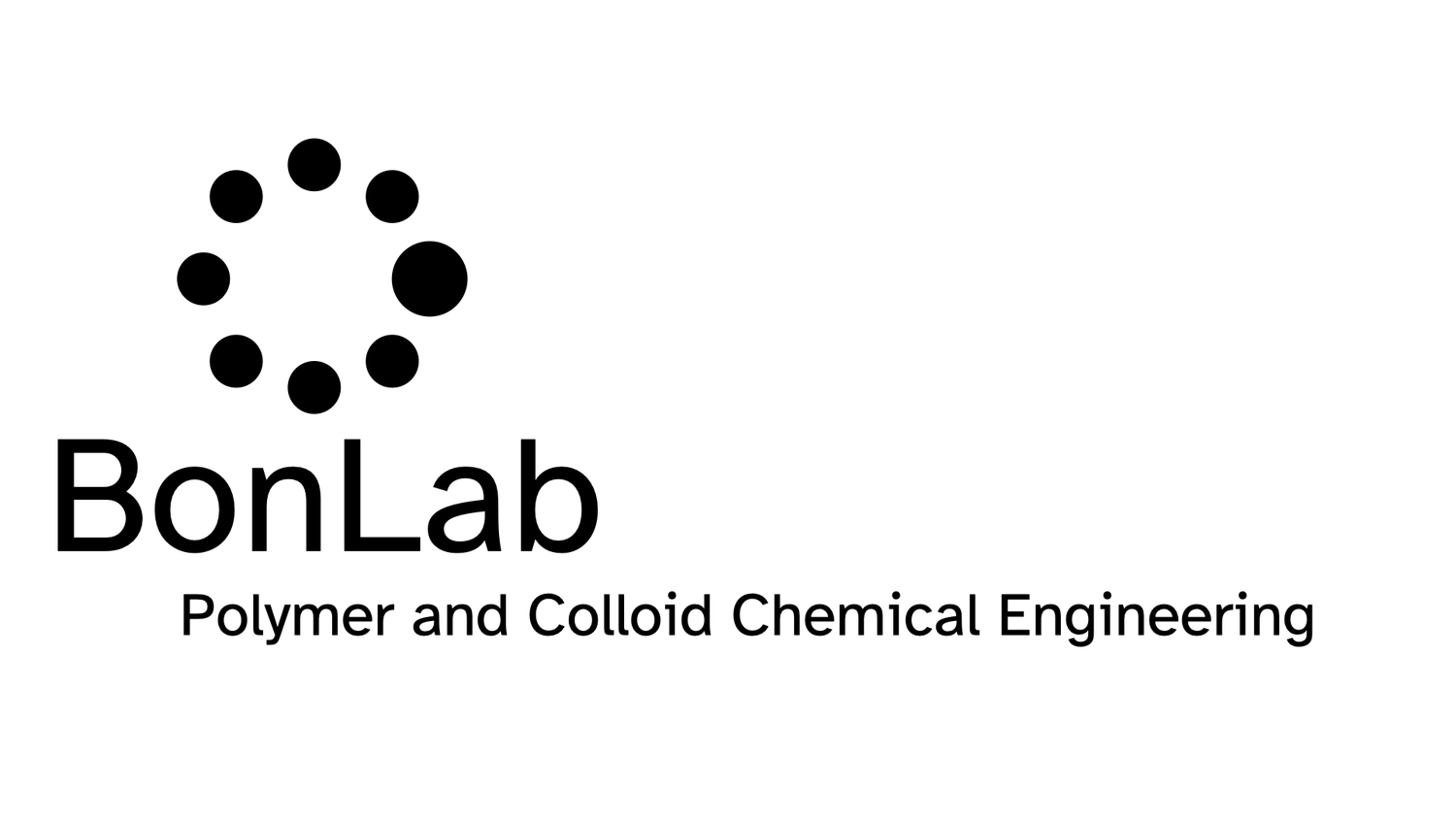A fresh lick of paint breathes new life into a tired looking place. Ever wondered how a thin layer of paint is so effective in hiding what lies underneath from vision? Beside colour pigments, and a binder that makes it stick, paints contain microscopic particles that are great at scattering light and turning that thin layer of paint opaque. The golden standard for these opacifiers are small titanium dioxide particles, of dimensions considerably smaller than one micron. Their use is not without controversy, as they are a big environmental burden, with a large carbon footprint and a questionable impact on human health. The reason why titanium dioxide particles are great at scattering light is that they have a high refractive index compared to the other paint ingredients, so when distributed throughout the dried paint film their hiding power of the underlying surface is fantastic. When no coloured pigments are used, the coated surface appears then whiter than white.
Ideally though, titanium dioxide should be replaced, but the list of safe high refractive materials is very limited. This makes you wonder if there is another handle, beside refractive index? Can we design efficient scattering enhancers from materials of lower refractive index?. Inspiration came from the white Cyphochilus beetle, native to southeast Asia. The scales of the beetle are not made of high refractive index materials, but they thank their white appearance to an intricate anisotropic porous microstructure, resembling the bare branches of a dense bush.
We at BonLab formed a team where researchers dr. Brooke Longbottom and dr. Chris Parkins together with dr. Gianni Jacucci and prof. Silvia Vignolini at the University of Cambridge (UK) designed a simplified mimic in the form of tiny rodlike silica particles and compared their scattering performance with spherical silica particles.
Our work published in the Journal of Materials Chemistry C from the Royal Society of Chemistry is part of their HOT paper collection and shows that the anisotropic silica particle outperform their spherical counterparts, and show excellent scattering performances across the visible electromagnetic spectrum when casted as a film.
SEM images and optical characterization of white silica supraparticles. a) low magnification SEM image of supracolloidal balls, b) higher magnification image of single supracolloidal balls, c) supracolloidal ball assembled in the presence of 0.01 M calcium chloride. Scale bars: a) = 15μm b&c) = 10μm. d) Reflectance spectra comparing the scattering properties of supraparticles with films of silica rod particles of similar size (thickness of 25μm). Supraparticles show performance comparable to the corresponding films. Increasing the disorder reduces the scattering efficiency. The reflectance spectra for the supraparticles were measured using a microscope, while for the film they were retrieved from the total transmission data.
We did not stop there, and went a step further to develop a prototype of a new class of micron-sized hiding pigment. We took these rodlike silica particles and assembled and sintered them into stable porous supracolloidal microspheres, as can be seen in the image above.
Prof. dr. ir. Stefan Bon says: “This work has been a number of years in the making. It was an absolute pleasure to work with prof. Silvia Vignolini and her team. We are very happy with the end result. We hope that this new type of hiding pigment provides inspiration to those who wish to replace titanium dioxide. After all, there is more to opacifiers than refractive index.”
The paper can be accessed from here:
https://doi.org/10.1039/D1TC00072A


